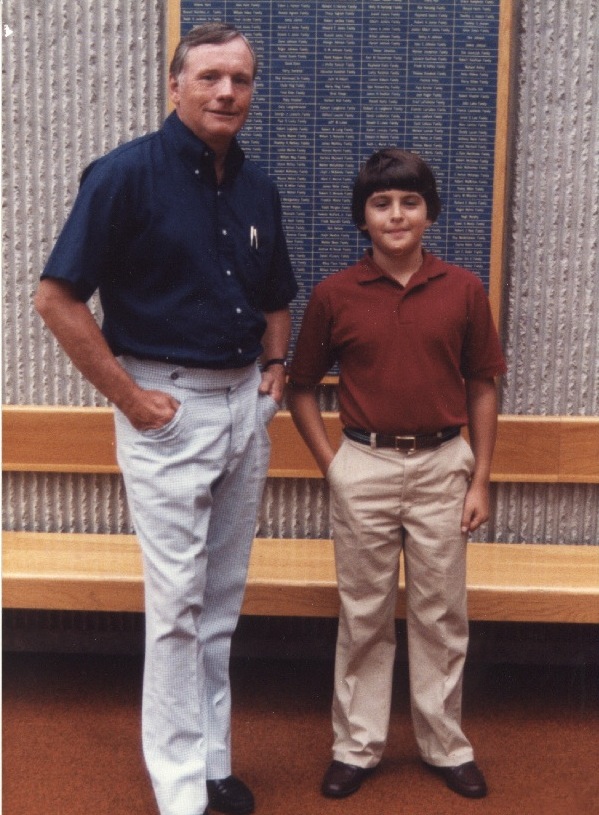CollegeSource, Inc. v. AcademyOne, Inc., 2012 WL 5269213 (E.D. Pa. October 25, 2012)

Plaintiff sued its competitor, another platform for providing online college transfer services. Among other things, plaintiff alleged that defendant breached plaintiff’s online terms of service, violated the Computer Fraud and Abuse Act, and was unjustly enriched by copying and “scraping” course catalog information from plaintiff’s service and using that collected data to populate defendant’s own database.
Defendant moved for summary judgment on these claims. The court granted the motion.
Breach of Contract
The court held that defendant’s scraping and collection efforts did not fall within the scope of plaintiff’s online terms of service.
Although certain of defendant’s employees had subscribed to plaintiff’s premium services (and thereby agreed to tems of service that prohibited data scraping), the documents and information defendants used were gathered through a different service. Plaintiffs provided a function called “CataLink”, through which colleges could link website visitors to documents stored on plaintiff’s server. End users clicking on those links would not be presented with any terms of service by which to be bound.
Plaintiffs attempted an unsuccessful workaround on this point, arguing that the terms for the subscription services bound users of all “Services” provided by plaintiff (including the separate CataLink services). The court rejected this argument, finding it possible that a typical user may never even have known he visited a CataLink link. Moreover, the court found, if plaintiff had intended its subscriber agreement to include CataLink, it did not make its intention clear.
Unjust Enrichment
The court held that plaintiff’s unjust enrichment claim was preempted by the Copyright Act. Plaintiff asserted that defendant was unjustly enriched because it copied and displayed on its website course descriptions from plaintiff’s catalogs, and in doing so derived a financial benefit. And plaintiff argued that the facts in this case differed substantially from those required to state a claim for copyright infringement, in that defendant had misrepresented, or had taken in an underhanded way. But the court found that these elements (misrepresentation and acting underhandedly) did not avoid preemption. Nor did the element of “benefit conferred” defeat preemption, since a copyright infringer always accepts the benefit of the copyrighted work.
Computer Fraud and Abuse Act
The court found that defendant did not violate the Computer Fraud and Abuse Act, because the documents alleged to have been copied were available to the general public. And since plaintiff obtained the documents using the CataLink service — which, as discussed above was not subject to the terms of service — there were no contractual restrictions to define “without authorization” or “exceed[ing] authorized access” as used in the CFAA.
Image courtesy Flickr user fontplaydotcom under this Creative Commons license.





